Building of the Day: 361 Lewis Avenue
Brooklyn, one building at a time. Name: Macon Branch, Brooklyn Public Library Address: 361 Lewis Avenue Cross Streets: Corner Macon Street Neighborhood: Stuyvesant Heights Year Built: 1907 Architectural Style: Beaux-Arts Architect: Walker & Morris Other works by architect: Three other Carnegie libraries, Whitehall Ferry Station, Manhattan, homes, schools and hospitals in the tri-state area Landmarked:…
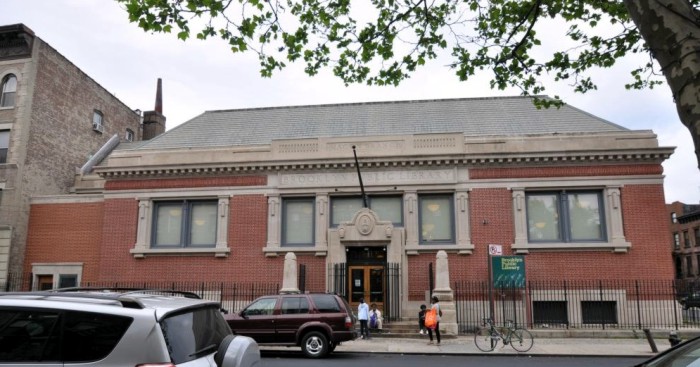

Brooklyn, one building at a time.
Name: Macon Branch, Brooklyn Public Library
Address: 361 Lewis Avenue
Cross Streets: Corner Macon Street
Neighborhood: Stuyvesant Heights
Year Built: 1907
Architectural Style: Beaux-Arts
Architect: Walker & Morris
Other works by architect: Three other Carnegie libraries, Whitehall Ferry Station, Manhattan, homes, schools and hospitals in the tri-state area
Landmarked: Yes, part of Stuyvesant Heights Expansion District (2013)
The story: Andrew Carnegie’s library legacy was his greatest gift to the world. Between 1883 and 1929, his money helped build 2,509 libraries across the much of the English speaking world, and a few places beyond. Brooklyn received 21 of them. All of Carnegie’s Brooklyn libraries have several things in common, even though several different architects were used, all with varying styles. All of the libraries had prominent front entrances with a stairway, even if it was only a few steps. Inside, all of them also had open circulation desks and visible stacks, where books could be chosen by the reader. There were good reasons for both of these details.
As a child in Scotland, his father helped found the Tradesmen’s Subscription Library. When he came to the United States, and found work in Allegheny, PA, young Andrew was allowed to read books borrowed from the personal library of Colonel James Anderson, who believed that “working boys” should have the opportunity to better themselves. After making his own fortune, this same idea of bettering oneself through books and education would inspire Carnegie’s philanthropic mission for the rest of his life.
His libraries were always designed to have a prominent entrance with stairs, symbolizing one’s ascent into knowledge. The interiors were designed with an open, central circulation desk, where a reader could interact with the librarian, ask questions, and get information easily. The stacks were open and available to anyone, giving a reader the opportunity to choose their own books, and follow their intellectual journey on their own. Before this, most libraries kept their stacks private and off limits, and books had to be requested from a clerk. Who has not browsed library stacks and found not only what they were looking for, but additional material on the same subject, or totally unrelated material that looked interesting? A simple, yet great idea.
The Macon Branch of the Brooklyn Public Library was the 11th of the 21 Brooklyn Carnegie branches built. It was designed by Richard Walker of the firm Walker & Morris. The city purchased the land in 1904, and the library opened in 1907 to great fanfare, with 2,000 people in attendance. The building is in a subdued Beaux-Arts style, is only two stories in height, and features classic Carnegie Library features such as the open circulation desk, open stacks, and reading rooms for adults and children. A brick fireplace and built in benches were also in every Carnegie library, and this one still has them, as well.
Richard Amerman Walker was born in New York, and studied at Brooklyn Polytechnic Institute before going to Paris to study at the L’Ecole des Beaux-Arts for five years. Very few America architects who emerged from there were not extremely successful. Walker fit right in, working for some of New York’s most prestigious firms, including those with L’Ecole backgrounds, such as Warren & Wetmore, Carrere & Hastings and Richard Morris Hunt. In 1896, he started his own firm with Charles Morris, who also attended the L’Ecole.
The duo designed a lot of large suburban homes for wealthy clients, and also designed many civic buildings as well, including schools in New Jersey, a children’s hospital in Staten Island, the Whitehall Ferry Terminal in Lower Manhattan, and four Carnegie Libraries: the Williamsburg branch, Arlington Branch in ENY, the demolished Red Hook branch, plus this one, the Macon Branch.
Although Walker & Morris’ offices were in Manhattan, Richard Walker lived in Park Slope, which may have led to his design for the Berkeley Institute, which would become the Berkeley Carroll School. The building was much admired and that and his Beaux Arts connections led to his appointment to the Architect’s Advisory Committee for the Carnegie Libraries. Not surprisingly, most of the other architects on this committee also ended up designing multiple Carnegie libraries. Fortunately, they were all good.
The library served the Stuyvesant Heights community as the demographics and economics of the neighborhood changed over the 20th century. The library remained a place of refuge and knowledge, even as its resources dwindled, and its physical space deteriorated. In 2006, the library was closed for the first time, and underwent a massive renovation and upgrade, reopening in 2008. Most of the original details were preserved, and modern equipment, such as upgraded computer lines and lighting were installed.
The Macon Library is home to the new African American Heritage Center (AAHC) which contains information of black heritage and culture. It also has extensive information on Africa and the Caribbean, and the library’s “Preserving Steps” collection. John Steptoe, an award-winning children’s book illustrator and author, grew up in Bedford Stuyvesant, and this was his branch. He wrote his first children’s book called “Stevie,” here at the library at the age of 16. It was published when he was 19.
Sadly, his life was cut short by AIDS in 1989, when he was only 38. He illustrated 16 books, and wrote nine of those, two of which were named Caldecott honor books, and two received the prestigious Coretta Scott King award. Andrew Carnegie’s efforts were wisely used in Bedford Stuyvesant, and new scholars and authors visit the library every day. GMAP
(Photograph: Christopher Bride for PropertyShark)
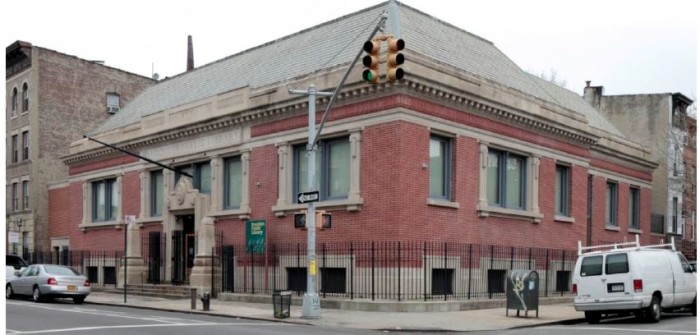
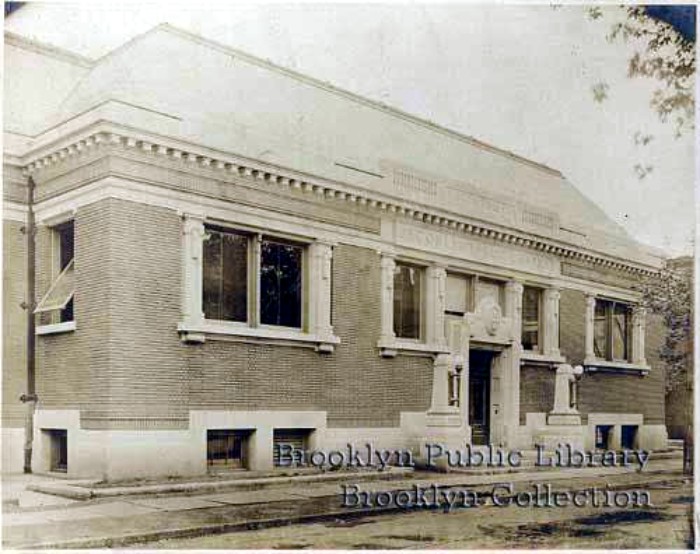
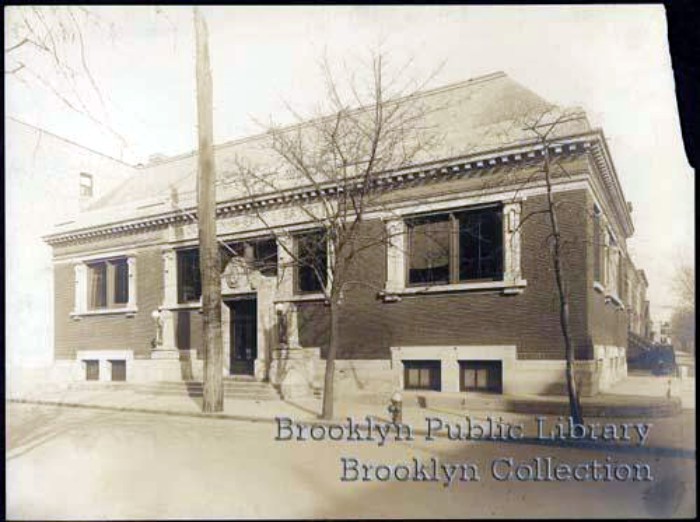
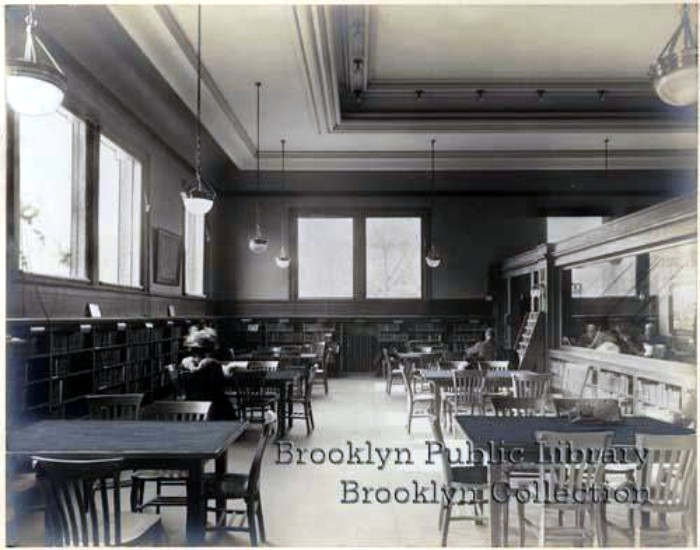
Photo: Brooklyn Public Library
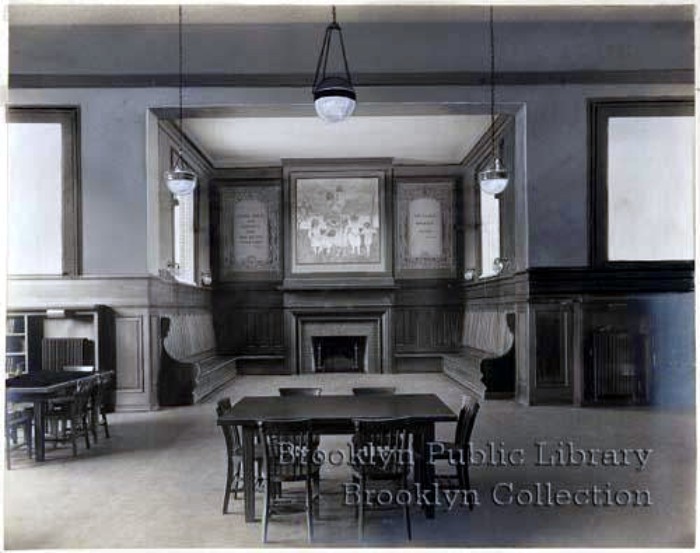
Photo: Brooklyn Public Library
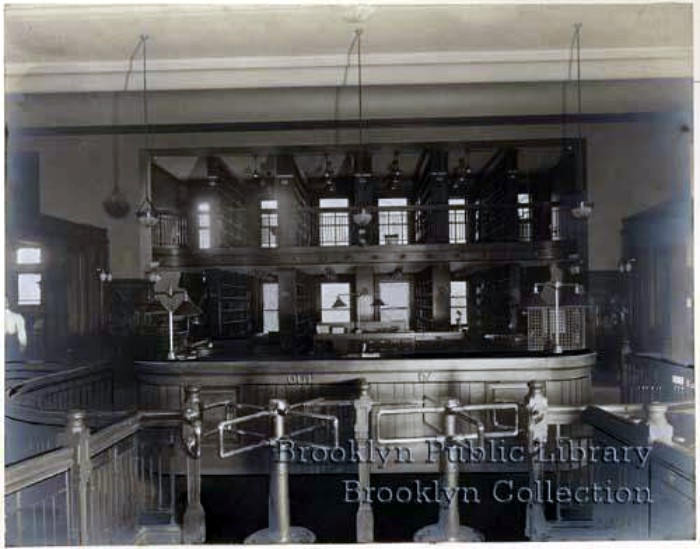
Photo: Brooklyn Public Library
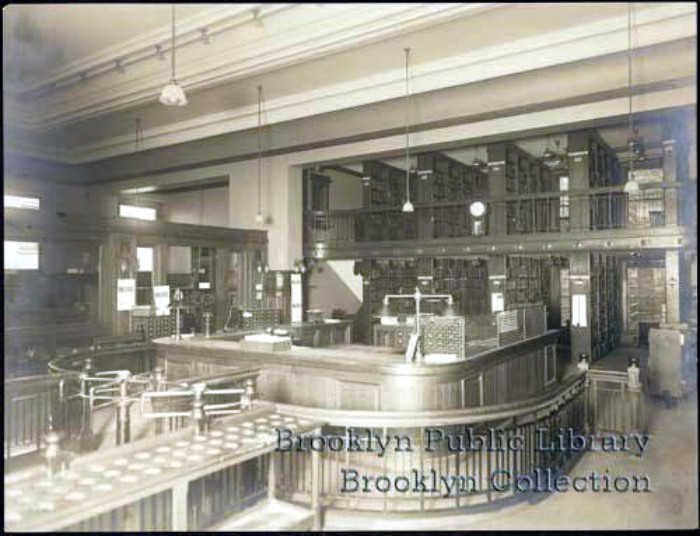
Photo: Brooklyn Public Library

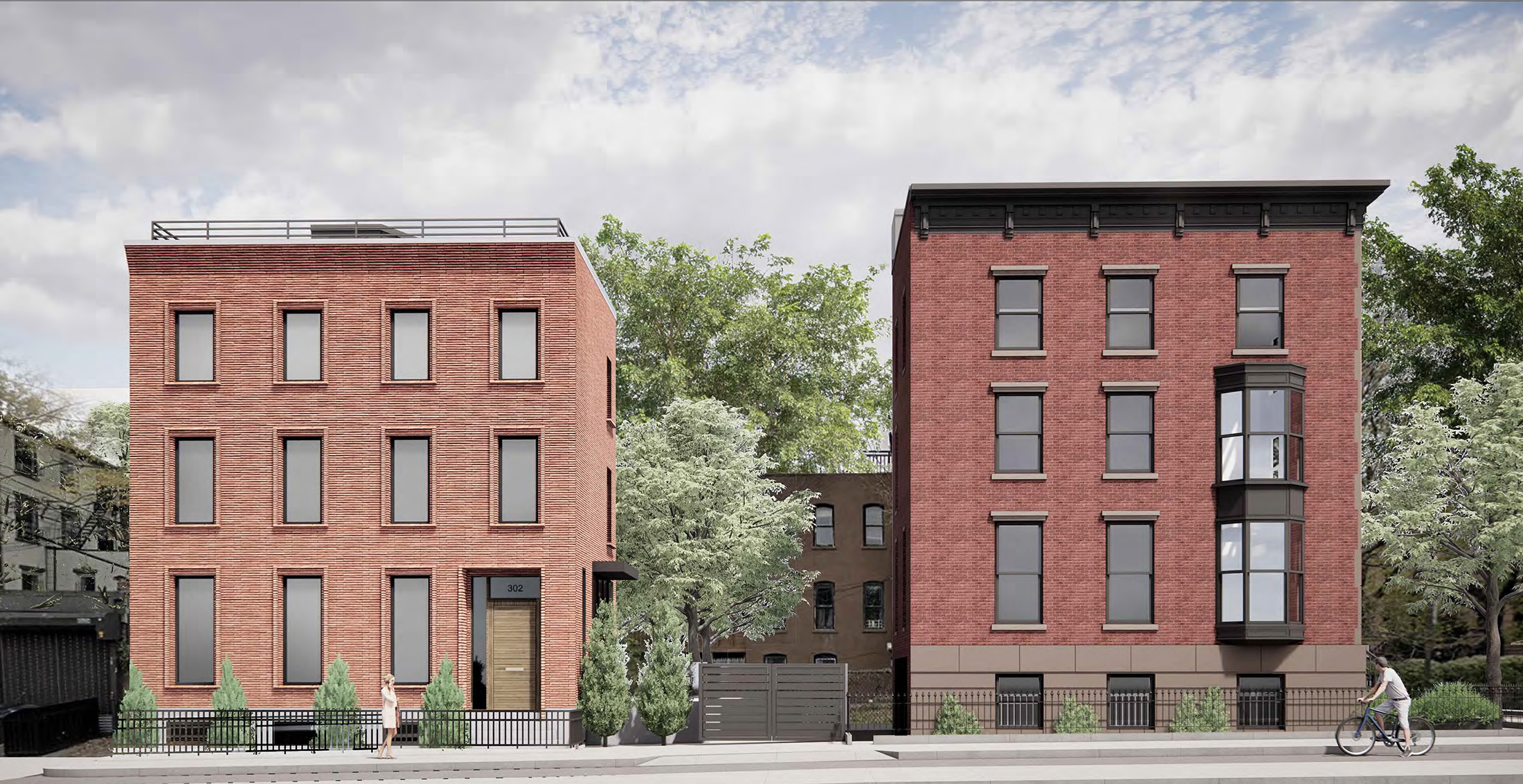
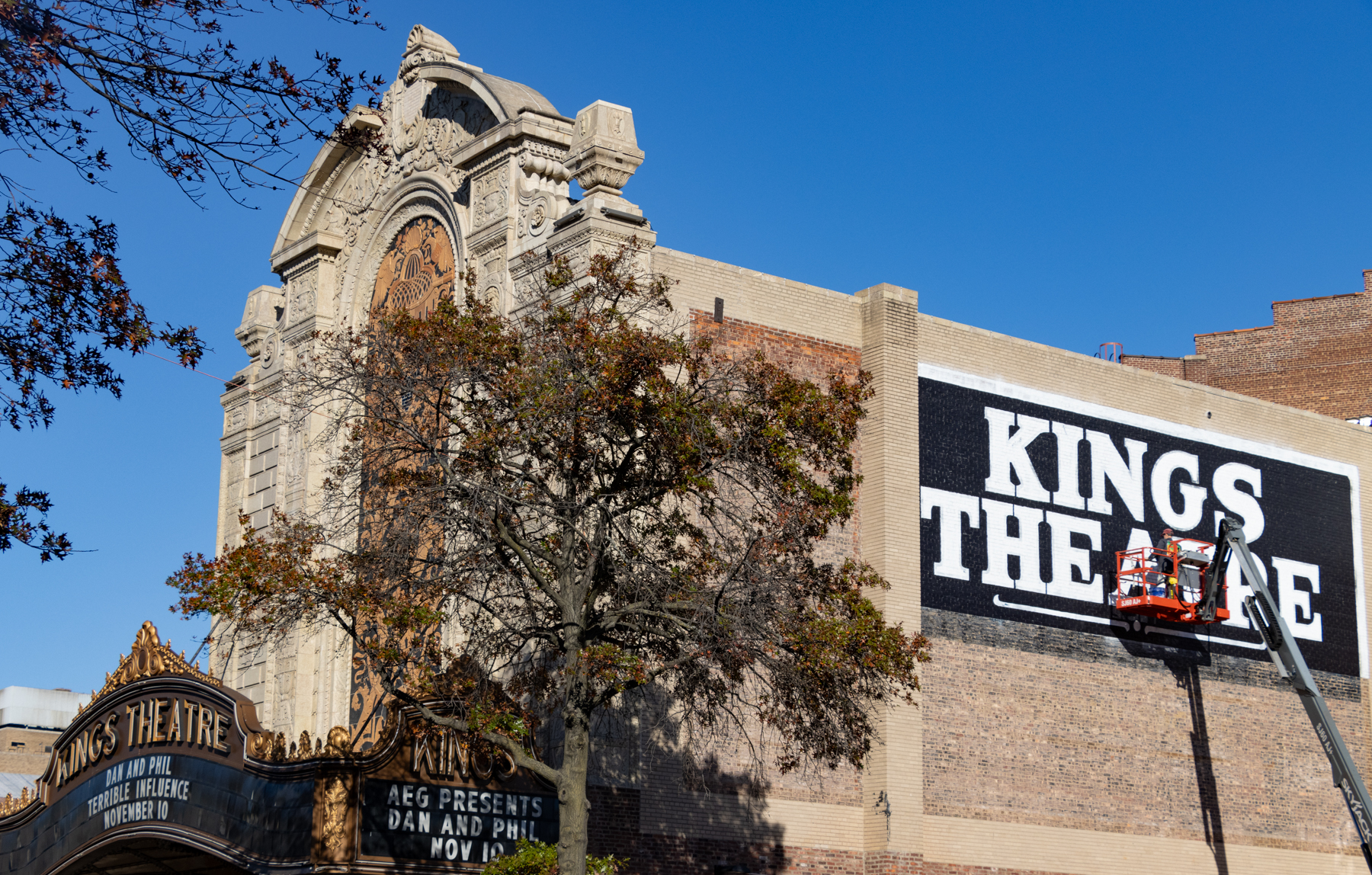
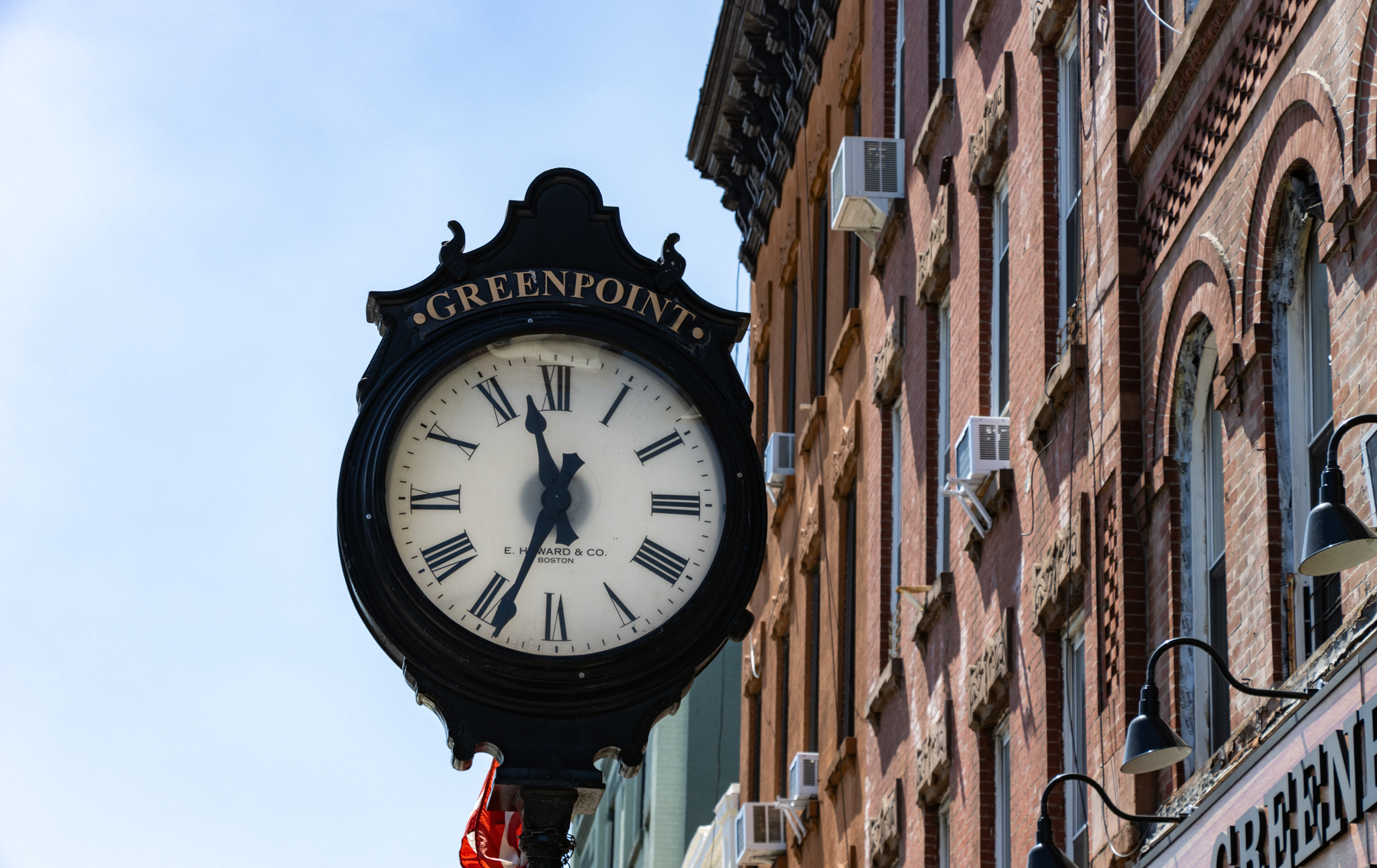
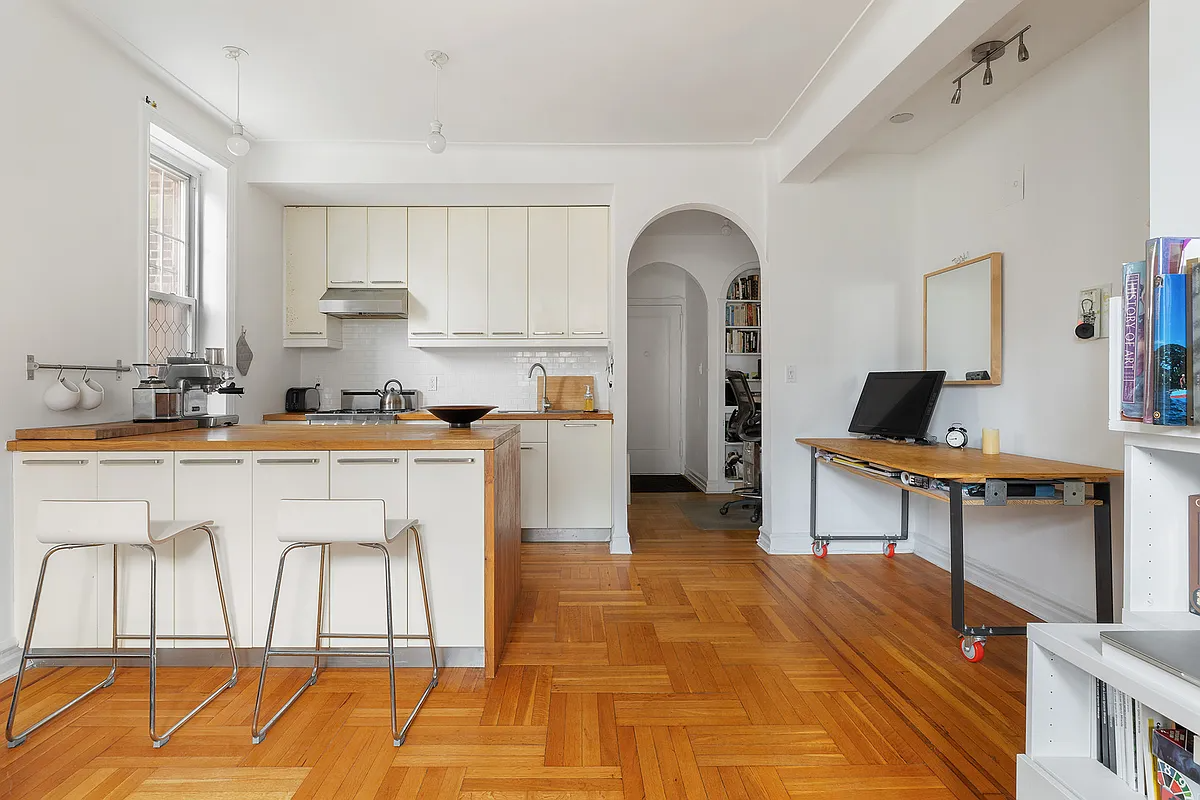




Great building. Thank you for highlighting it.